The common man in Indus Valley was very prosperous, that is why the amenities of life, which are available today, were also available to him during that period, such as cities with town planning, straight roads, under ground sewerage system, multi-storeyed pucca houses with facilities of latrines having English bound seats, bathrooms, kitchens etc., thereby proving him high civilized. It has been proved from the skeleton remains of cemetery R-37 of Harappa that the Founders of Indus Valley Civilization were long headed Dravidians and round headed Alpines reached there in mature Harappan age. Although the towns, which were situated south of Harappa were destroyed by the devastating floods of river Indus, but Harappa itself and the other towns North of Harappa fall prey to barbaric invasion of man, the white semi-civilized Aryans of Central Asia. The defeated non-Aryans began to suffer from inferiority complex and the victor Aryans, being proud of their victory, suffered from superiority complex. This feeling of inferiority and superiority complex became the basic reason for the origin and development of Varna and caste system. Aryans before their entry into Indian territory and three Varnas i.e. Brahman, Kshtriya and Vaishya, the fourth Varna was created for inclusion of the native Indian slaves into their society. In order to explain the historical origin of Sudras they are divided into four groups i.e. servile castes, artisans, traders and farmers. The castes falling in the first group, wee born of the widows and the children of Dasyus and Dasas, who were massacred by the Aryan invaders or killed in the battlefield. These children and widows were enslaved and kept for doing domestic chores, such as cooks (Soods), personal servants (Kayasthas), utensil cleaners and scavengers. Similarly it becomes quite clear from the archaeological evidences found from the excavation of the Indus valley towns that all the artisan castes like potters, carpenters, coppersmiths etc. lived in the cities of Indus valley from where their workshops, furnaces, tools, raw material, finished and semi-finished goods have been recovered. It has also been proved that if we make a critical appreciation of the stringent laws of Varna and caste system given in the Sanskrit literature, written after the period of origin of this system, it becomes quite clear that the fourth apartment of Varna system (the Sudras) went on becoming further stronger so much so that even the most powerful non-Aryan kings like Kosalan and Nandas could not break it. Even today Dravidian blood is flowing in their veins, their physical characteristics are identical to the Dravidian tribes. It has been proved with the solid evidences that the high nasal index and frequency of ‘B’ Blood group is one of the land mark of the Dravidian castes and tribes. As such higher the value of nasal index and frequency of ‘B’ Blood-group of a caste, so much lower would be its social status. Thus, it is a caste, so much lower would be its social status. Thus, it is scientifically proved that the blood of Dravidian tribes and the Sudra castes, is one and the same. It means the ancestors of Sudra were-Dravidians, who were the founders of the Indus valley civilization, who were conquered and enslaved by the Aryans and were called Sudras, included in their Varna system. Thus the Varna and caste system indisguise is colonial in character.

The Founders of Indus Valley Civilisation and their Later History
by Naval Viyogi
$14.40
$16.00
In stock
Free & Quick Delivery Worldwide
All orders amounting to US$ 50 or more qualify for Free Delivery Worldwide. For orders less than US$ 50, we offer Standard Delivery at $14 per book.
ABOUT THE AUTHOR Naval Viyogi
Dr. Naval Viyogi was born in 1937, in the district of Aligarh in Uttar Pradesh in a petty famer family living hand to mouth. His mother was Shrimati Ganga Devi and Father Shri Godhon Lal. He took his early education at a local school in Ilgas town. He completed his graduation from the Punjab University and after a long gap of period he achieved the Degree of D. Litt in History and Culture from the Round Table University, Erazona, U.S.A. In his early life he worked as a school teacher and for a short time as sub-editor in a daily paper of Jalandhar. And after that he joined the Railway department as clerk and retired as an officer. Now-a-days he is working on a ten volume ‘Research Project’ entitled “The History of the Indigenous People of India.†He has two sons from his first wife soon became a well known author of Sarita Group of Magazines. He has so far written 10 novels, about 120 short stories and articles, one book on social revolution, 5 books and 6 research papers on History and Culture. Dr. Viyogi is a research scholar of first order. He has broken many new grounds pertaining to ancient history of India, which has almost lost its ground and true statement of fact owing to monopoly of colonial historians who deliberately have eroded the glorious history of native people of India. Indian history, now in courses of schools, colleges and universities is a history of invaders who were barbarians in general. But Dr. Viyogi through his meaningful research has proved that native Naga people were highly civilized, their heritage and culture was very rich. They developed an ideal social, religious, economic and political system which made them very wealthy and invincible warriors and ideal citizens. Thus they founded Indus Valley Civilization, one of the oldest civilization of the world. They are responsible for the urbanization of India as much as twice and to bring forth ‘Golden Age’ of Indian history. If this existing course of invader’s history is replaced by this new research work, it can prove to be an ideal history for developing young brain to the right path of creating sense of nationality, humanity, fratemity, liberty, patriotism and rationality. This can be a gain of considerable amount of progressive mileage in the human history.
reviews
0 in total
Review by Anonymous
Be the first to review “The Founders of Indus Valley Civilisation and their Later History” Cancel reply
You must be logged in to post a review.
Bibliographic information
Title
The Founders of Indus Valley Civilisation and their Later History
Author
Edition
2nd English edi
Publisher
ISBN
818862909X
Length
xxvi+366p., Tables; Reference; Figures; Bibliography; Index; 22cm.
Subjects
more by Naval Viyogi see more
History of the Later Harappans and Shilpakara Movement (In 2 Volumes)
"The author has proved ...
$92.70
$103.00
Nagas: The Ancient Rulers of India, Their Origin and History
The Nagas, like most of the ...
$16.20
$18.00

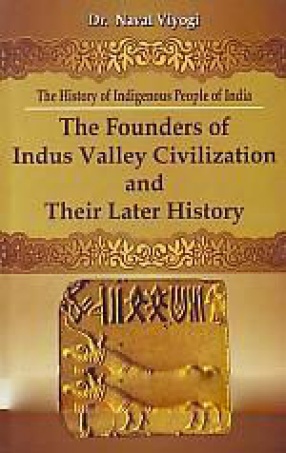
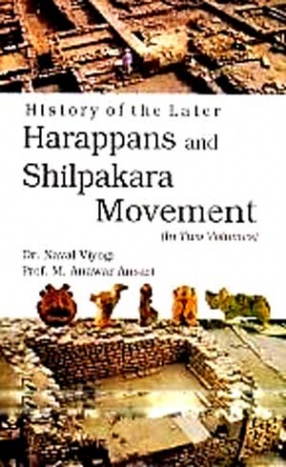
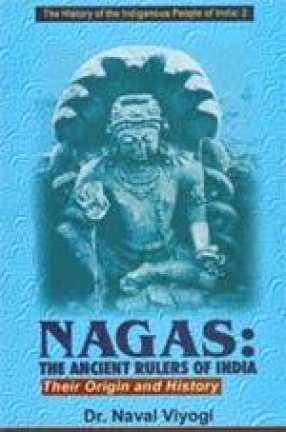
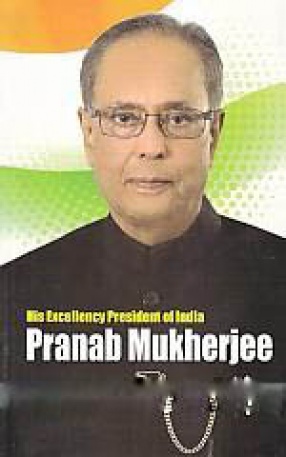
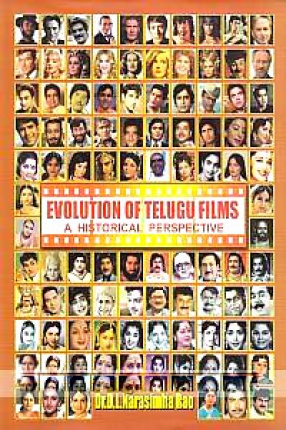
There are no reviews yet.